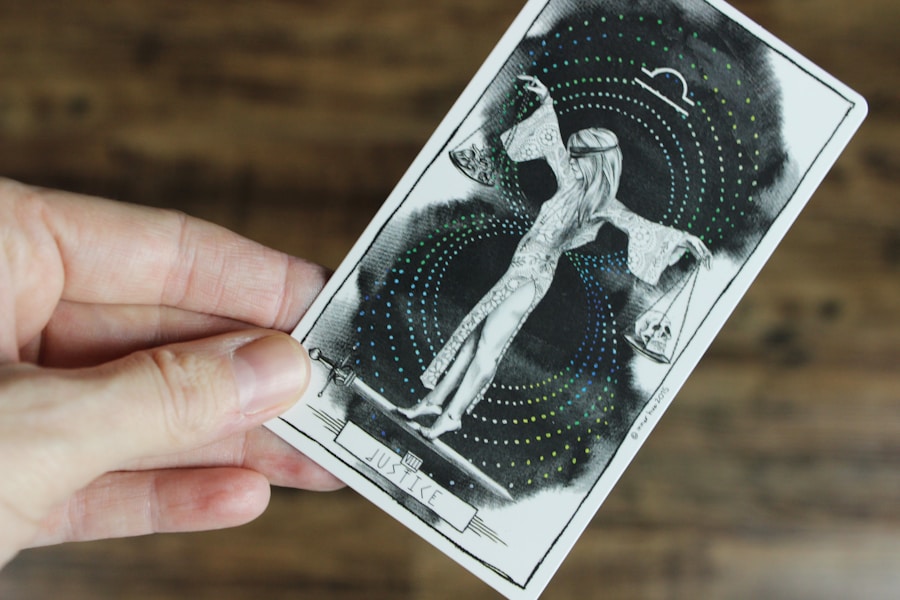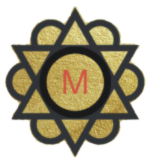
Tarot decks have long been revered as powerful tools for divination, offering insights into the past, present, and future. Originating in the 15th century as playing cards in Europe, tarot has evolved into a complex system of symbols and archetypes that resonate with the human experience. Each card in a tarot deck serves as a mirror, reflecting the querent’s inner thoughts, emotions, and circumstances.
The importance of tarot in divination lies not only in its ability to provide guidance but also in its capacity to foster self-reflection and personal growth. As individuals engage with the cards, they often find themselves uncovering hidden truths and gaining clarity on their life paths. The significance of tarot extends beyond mere fortune-telling; it is a profound spiritual practice that encourages individuals to connect with their intuition and explore their subconscious.
The act of drawing cards can serve as a catalyst for introspection, prompting questions that lead to deeper understanding. In this way, tarot becomes a bridge between the conscious and unconscious mind, allowing users to tap into their inner wisdom. The ritualistic nature of tarot readings—whether performed alone or with others—creates a sacred space where individuals can explore their thoughts and feelings without judgment.
This transformative process is what makes tarot decks an essential component of divination practices around the world.
Key Takeaways
- Tarot decks are important tools in divination, providing insight and guidance in various aspects of life.
- Designing a tarot deck involves a creative process that requires careful consideration of symbolism and imagery.
- Symbolism and imagery in tarot cards hold deep meaning and can be interpreted in various ways, contributing to the overall message of the deck.
- Choosing the right materials for crafting a tarot deck is crucial for ensuring durability and aesthetic appeal.
- Incorporating personal intuition and meaning into a tarot deck adds a unique and personal touch, enhancing the connection between the reader and the cards.
- Creating a tarot deck involves honoring the spiritual and mystical aspects of the practice, infusing the deck with positive energy and intention.
Exploring the Creative Process of Designing a Tarot Deck
Designing a tarot deck is an intricate and deeply personal endeavor that requires both artistic skill and a profound understanding of the tarot’s symbolic language. The creative process often begins with extensive research into traditional tarot meanings, historical contexts, and various artistic styles. Artists may draw inspiration from existing decks, literature, mythology, or even their own life experiences.
This phase of exploration is crucial, as it lays the foundation for the unique vision that will ultimately manifest in the deck. Each card must be thoughtfully conceived to convey its intended message while also resonating with the artist’s personal aesthetic. Once the initial research is complete, artists typically move on to sketching and conceptualizing their designs.
Many artists create mood boards or visual references to help guide their creative choices. The iterative nature of this process allows for refinement and evolution; artists may revisit their designs multiple times before settling on a final version.
Collaboration with other creatives—such as writers or spiritual advisors—can also enhance the depth of the deck, ensuring that each card is imbued with layers of meaning that resonate with a diverse audience.
Understanding the Symbolism and Imagery in Tarot Cards

The symbolism embedded within tarot cards is rich and multifaceted, drawing from a variety of cultural, historical, and psychological sources. Each card is a tapestry of images that convey specific meanings and themes, often rooted in archetypal narratives. For instance, The Fool card represents new beginnings and spontaneity, often depicted with a carefree figure standing at the edge of a cliff, symbolizing the leap of faith required to embark on a new journey.
Moreover, colors play a significant role in conveying emotions and energies associated with each card. For example, warm colors like red and orange may evoke feelings of passion and action, while cooler tones like blue and green can represent calmness and healing.
The use of symbols—such as animals, celestial bodies, or natural elements—further enriches the narrative of each card. A well-designed tarot deck will thoughtfully integrate these elements to create a cohesive visual language that resonates with users on multiple levels. Understanding this symbolism is essential for both creators and users of tarot decks, as it enhances the interpretive experience during readings.
Tips for Choosing the Right Materials for Crafting a Tarot Deck
When embarking on the journey of crafting a tarot deck, selecting the right materials is crucial to ensure both durability and aesthetic appeal. The choice of cardstock is particularly important; it should be thick enough to withstand frequent handling while still allowing for easy shuffling. Many artists opt for linen-finish cardstock, which provides a textured surface that enhances grip and reduces glare during readings.
Additionally, considering the weight of the cards can impact how they feel in hand; heavier cards may convey a sense of quality but can also be cumbersome for shuffling. In addition to cardstock, artists must also consider the printing process and finish. High-quality printing techniques can bring vibrant colors and intricate details to life, making each card visually striking.
Matte finishes can offer a more subdued look while reducing glare, whereas glossy finishes can enhance color saturation but may reflect light during readings. Beyond the cards themselves, artists should also think about packaging options—such as boxes or bags—that will protect the deck while adding an element of presentation. Thoughtful material choices not only elevate the overall quality of the deck but also contribute to the user experience during readings.
Incorporating Personal Intuition and Meaning into Your Tarot Deck
One of the most enriching aspects of creating a tarot deck is the opportunity to infuse personal intuition and meaning into each card. While traditional interpretations provide a solid foundation, artists are encouraged to explore their own insights and experiences when designing their decks. This process often involves deep reflection on personal beliefs, values, and life lessons that can be translated into visual representations.
By incorporating these unique perspectives, artists can create cards that resonate on a more intimate level with users. To effectively integrate personal meaning into a tarot deck, artists may engage in practices such as journaling or meditation. These activities can help clarify intentions for each card and reveal underlying themes that may not be immediately apparent.
Additionally, artists might consider conducting readings with prototype cards to gauge how their designs resonate with others. Feedback from fellow practitioners can provide valuable insights into how personal interpretations align with collective understandings of tarot symbolism. Ultimately, this blend of personal intuition and traditional meanings enriches the reading experience for users, fostering deeper connections with the cards.
Honoring the Spiritual and Mystical Aspects of Tarot Deck Creation

The Importance of Thoughtful Deck Creation
By weaving together different threads of spirituality and symbolism, artists can create decks that resonate with a wide audience while remaining true to their own artistic vision. From understanding symbolism to selecting materials and incorporating intuition, each step contributes to creating a tool that can guide individuals on their journeys of self-discovery and reflection. As more people turn to tarot for guidance in an increasingly complex world, the importance of thoughtful deck creation becomes ever more apparent—ensuring that these powerful tools continue to inspire and illuminate paths for generations to come.
If you are interested in delving deeper into the meanings and symbolism behind tarot cards, you may want to check out The Tower Tarot Card: Embracing Change and Transformation. This article explores the significance of The Tower card in tarot readings and how it represents upheaval and transformation in one’s life. It provides valuable insights into how to navigate through periods of change and embrace new beginnings.
FAQs
What is a tarot deck?
A tarot deck is a set of 78 cards, typically used for divination, meditation, and spiritual guidance. The deck is divided into two main sections: the Major Arcana and the Minor Arcana.
What is the Major Arcana?
The Major Arcana consists of 22 cards that represent significant life events, spiritual lessons, and archetypal themes. These cards often carry a deeper, more profound meaning in a tarot reading.
What is the Minor Arcana?
The Minor Arcana consists of 56 cards divided into four suits: Wands, Cups, Swords, and Pentacles. These cards represent everyday events, emotions, challenges, and practical aspects of life.
How can I craft my own tarot deck?
Crafting your own tarot deck can be a creative and personal journey. You can start by deciding on the theme, symbolism, and artistic style of the cards. Then, you can create the artwork, either by hand or digitally, and print the cards on quality cardstock.
What are the benefits of crafting your own tarot deck?
Crafting your own tarot deck allows you to infuse your personal energy, intentions, and creativity into the cards. It can deepen your connection to the tarot, enhance your intuitive abilities, and provide a unique tool for self-reflection and spiritual growth.
Can I use my own tarot deck for readings?
Yes, you can use your own tarot deck for personal readings or for readings for others. Your handmade deck can offer a special and meaningful experience for both you and the querent during a tarot reading.






